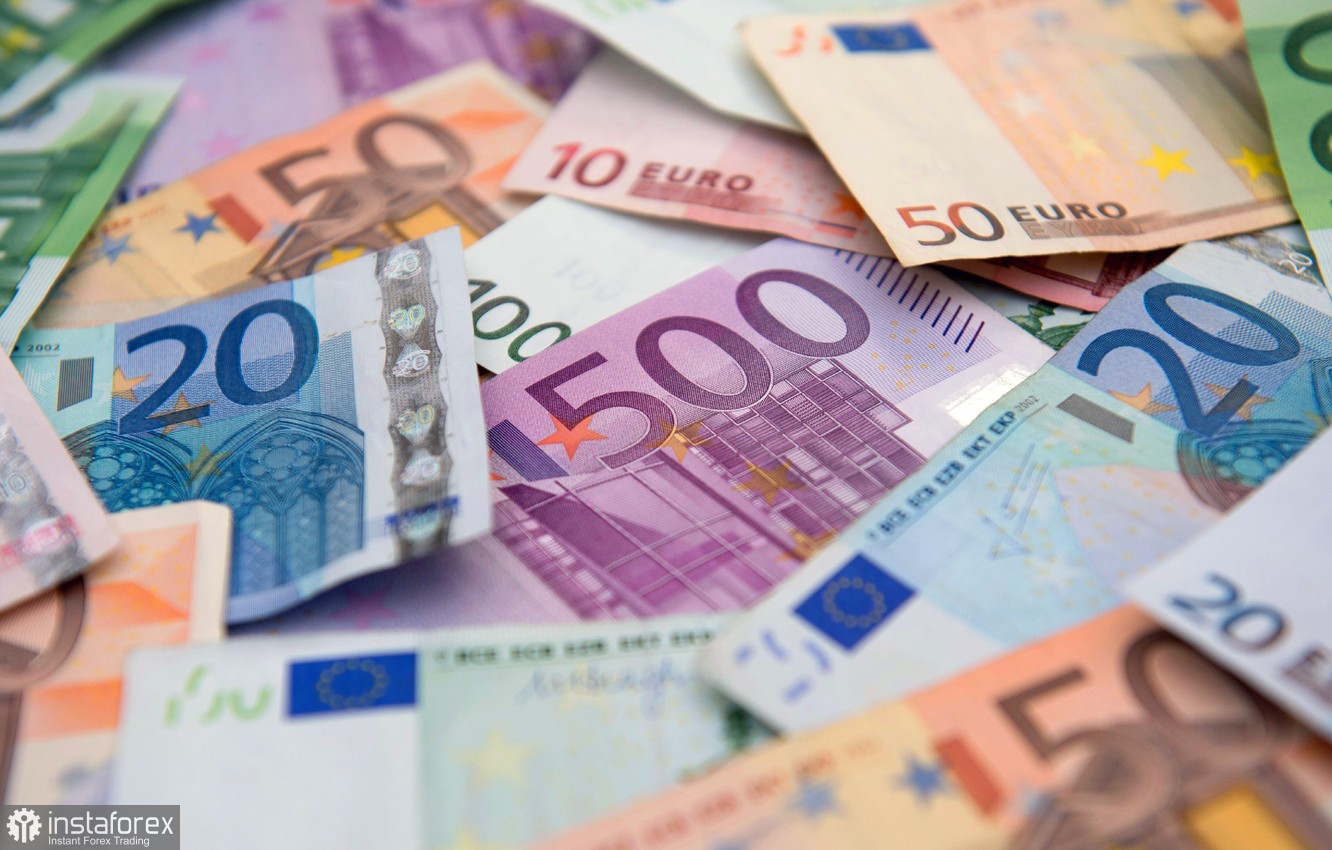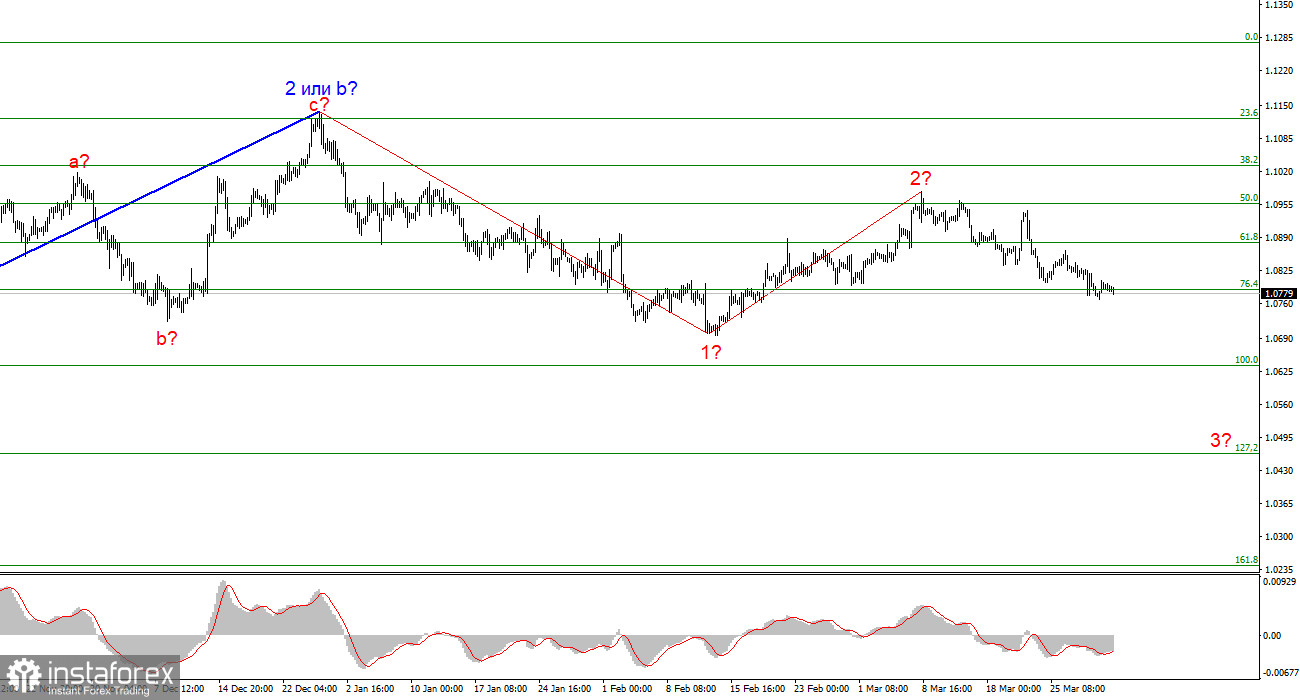
The new trading week started quietly. There was no news until the ISM Manufacturing Purchasing Managers' Index (PMI) for the United States was released. And amid such market passivity, this report had a huge effect. The Manufacturing PMI registered 50.3 in March, up from the 47.8 recorded in February, returning above the key 50.0 mark for the first time in a long time. The market did not expect a value above 48.4 points, so such a strong report immediately boosted the US dollar. In my opinion, this is exactly how it should be. The first report of the week caused exactly the movement we needed.
However, this is not the only report that can increase demand for the dollar and lower demand for the euro. One of the members of the European Central Bank's Governing Council, Robert Holzmann, said that the European Union may cut interest rates even faster than America. Undoubtedly, everything will depend on the dynamics of wage growth and inflation, but as of today, Holzmann leans towards the first rate cut in June. And this is exactly what the market expects from the ECB, and also from the Federal Reserve. However, in the ECB's case, it will most likely wait for this, but in the case of the Fed, it is very unlikely.

The more time passes, the more convinced I am that the Fed's rate will remain unchanged in June. Inflation in the US is decreasing very weakly, or rather not decreasing at all. Although Fed Chair Jerome Powell believes that its pace is only slightly below what the US central bank expected. In my opinion, all the talk about the Fed's rate reflects the initial sentiment of the Fed. If the market was expecting the first rate cut in March, then there must have been reasons for it. But inflation isn't decreasing, so neither is the Fed's rate. And Powell is now forced to say that everything will depend on the trajectory of inflation, clearly indicating that there is no precise date from which the Fed is guided in the question of easing. Therefore, Holzmann is right. The ECB really can cut rates first, which should further increase market demand for the dollar.
Wave analysis for EUR/USD:
Based on the conducted analysis of EUR/USD, I conclude that a bearish wave set is being formed. Waves 2 or b and 2 in 3 or c are complete, so in the near future, I expect an impulsive downward wave 3 in 3 or c to form with a significant decline in the instrument. I am considering short positions with targets near the 1.0462 mark, which corresponds to 127.2% Fibonacci.
Wave analysis for GBP/USD:
The wave pattern of the GBP/USD instrument suggests a decline. I am considering selling the instrument with targets below the 1.2039 level, because I believe that wave 3 or c will start sooner or later. However, unless we can confirm that wave 2 or b ends, the instrument can still rise to the level of 1.3140, which corresponds to 100.0% Fibonacci. The quotes haven't moved far away from the peaks, so we cannot confirm the start of the wave 3 or c.
Key principles of my analysis:
Wave structures should be simple and understandable. Complex structures are difficult to work with, and they often bring changes.
If you are not confident about the market's movement, it would be better not to enter it.
We cannot guarantee the direction of movement. Don't forget about Stop Loss orders.
Wave analysis can be combined with other types of analysis and trading strategies.
 English
English 
 Русский
Русский Bahasa Indonesia
Bahasa Indonesia Bahasa Malay
Bahasa Malay ไทย
ไทย Español
Español Deutsch
Deutsch Български
Български Français
Français Tiếng Việt
Tiếng Việt 中文
中文 বাংলা
বাংলা हिन्दी
हिन्दी Čeština
Čeština Українська
Українська Română
Română


